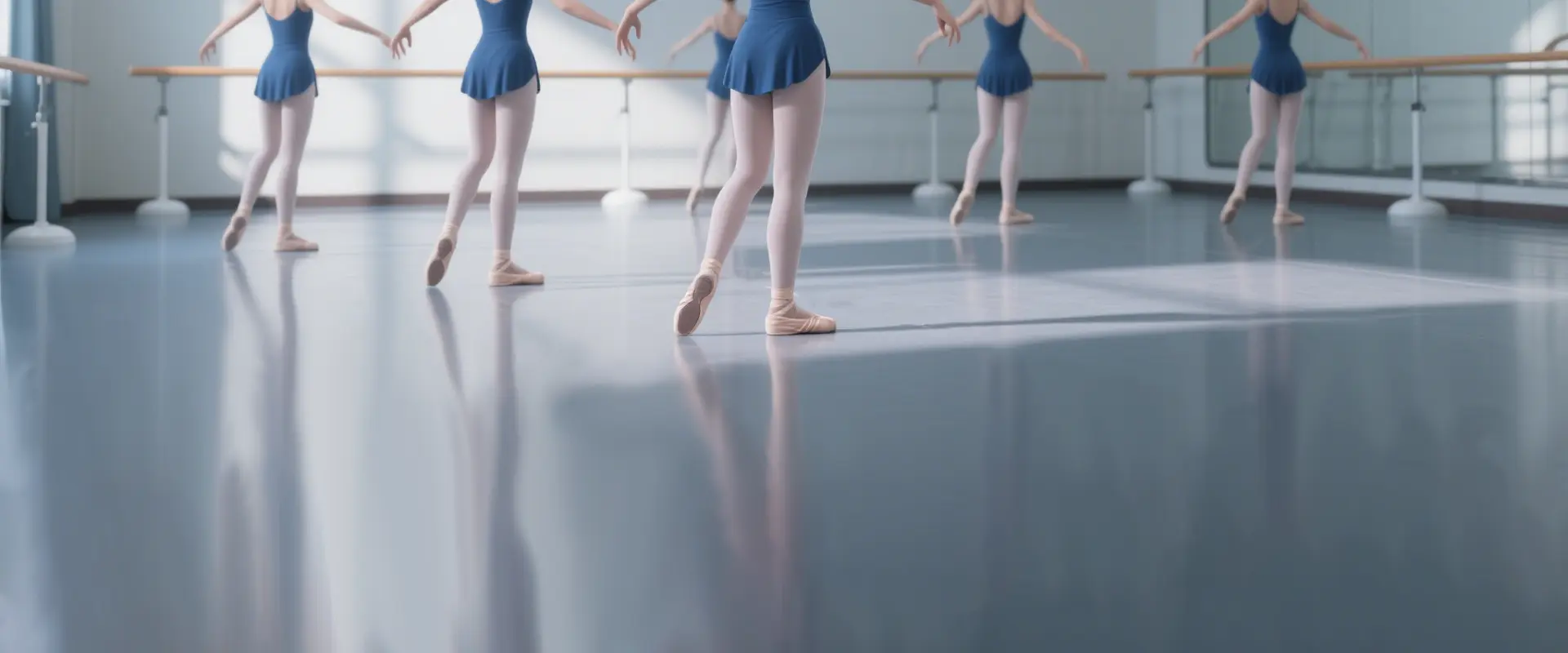PVC flooring materials for swimming pools, with surface patterns referred to as “water gem,” typically refer to PVC pool liners or floor tiles featuring gem-like textures or visual effects. These materials combine aesthetic appeal with practical functionality.
They are made from high-density PE + eco-friendly PVC composite materials, or incorporate reinforcing layers such as high-strength polyester high-polymer fiber fabric or glass fiber mesh within their structure to enhance material strength and stability. The Water Gemstone pattern typically features gemstone-like textures, such as the Blue Diamond Illusion pattern, which features a blue base color adorned with tiny glitter particles that shimmer like diamonds when exposed to sunlight.
Performance Features
Walking barefoot on the surface is not overly slippery, with some products achieving a slip resistance rating (wet test) of up to 0.66, effectively preventing users from slipping on the pool edge.
Strong UV resistance, does not fade or age even after prolonged exposure to sunlight, and strong tear resistance, capable of withstanding friction and abrasion during daily use.
Contains antioxidants, non-toxic and environmentally friendly, with stable molecular structure, resistant to dirt adhesion and bacterial growth, compliant with hygiene standards, suitable for various pool environments.
Application Scope
Suitable for various types and shapes of pools, including public and private swimming pools, water parks, water feature pools, and splash pools, for interior wall and pool bottom decoration.
Technical Parameters
| Parameters | Standard Requirements / Typical Values | Testing Methodology |
| Anti-slip performance (wet friction coefficient) | ≥0.5 (DIN 51130) | Simulated barefoot wet and slippery condition testing; public swimming pools must meet ≥0.6 to ensure safety |
| Waterproof performance | Waterproofing (0.3 MPa, 30 min without leakage) | GB/T 328.10-2007 Waterproofing Material Testing Standard |
| Water resistance (water absorption rate) | ≤1.5% (23°C, 24-hour immersion) | Ensure no swelling or deformation after long-term immersion, preventing peeling or delamination |
| Weather resistance (artificial accelerated aging) | After 1000 hours of UV exposure: <5% color difference, tensile strength retention rate ≥80% | GB/T 16422.3-2014 Plastic UV Aging Test |
| Chemical resistance | Resistant to common pool disinfectants (chlorine content 0.5–3 mg/L), no discoloration or cracking after 24 hours of immersion | Simulated swimming pool water quality (pH 7.2-7.8) long-term immersion test |
| Antibacterial performance | Bactericidal rate against Escherichia coli and Staphylococcus aureus ≥99% |
|
Technical Parameter Significance
Wet friction coefficient ≥0.6 ensures swimmers do not slip when moving quickly along the pool edge. This value must be tested by a third-party institution under simulated pool water temperature (25-28°C) and water quality conditions;
Chlorine corrosion resistance test requires the material to remain free of noticeable discoloration or cracking after being immersed in water containing 3 mg/L of chlorine for 3,000 hours, ensuring it does not degrade when exposed to common pool disinfectants (such as trichloroisocyanuric acid) over extended periods;
After UV aging testing (QUV testing for 1,000 hours), the color difference ΔE must be ≤3, ensuring that the “water gem” pattern on outdoor pools does not fade and maintains a gloss retention rate of ≥80% under prolonged exposure to sunlight.



Comments